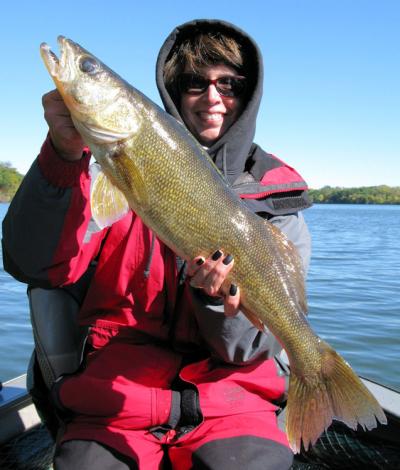What do you guys do when you know a fish just didn’t get the hook in them good? Seems every once in a while before you know it from a bow in your line or too much slack that the rod is bent over and drag squealing away. But that hook just isn’t set in, do you give another good yank, or set the drag real loose to finesse it in, any ideas? I’m always afraid to give it slack to reset it, but setting the drag real loose hasn’t worked either. Happens across the board with rods and lines.
Inactive
Robbinsdale
Posts: 7348
 I feel like you just rip a bigger hole in their mouth and allow hooks to slip out much easier. Once again this is orientated towards
I feel like you just rip a bigger hole in their mouth and allow hooks to slip out much easier. Once again this is orientated towards 




